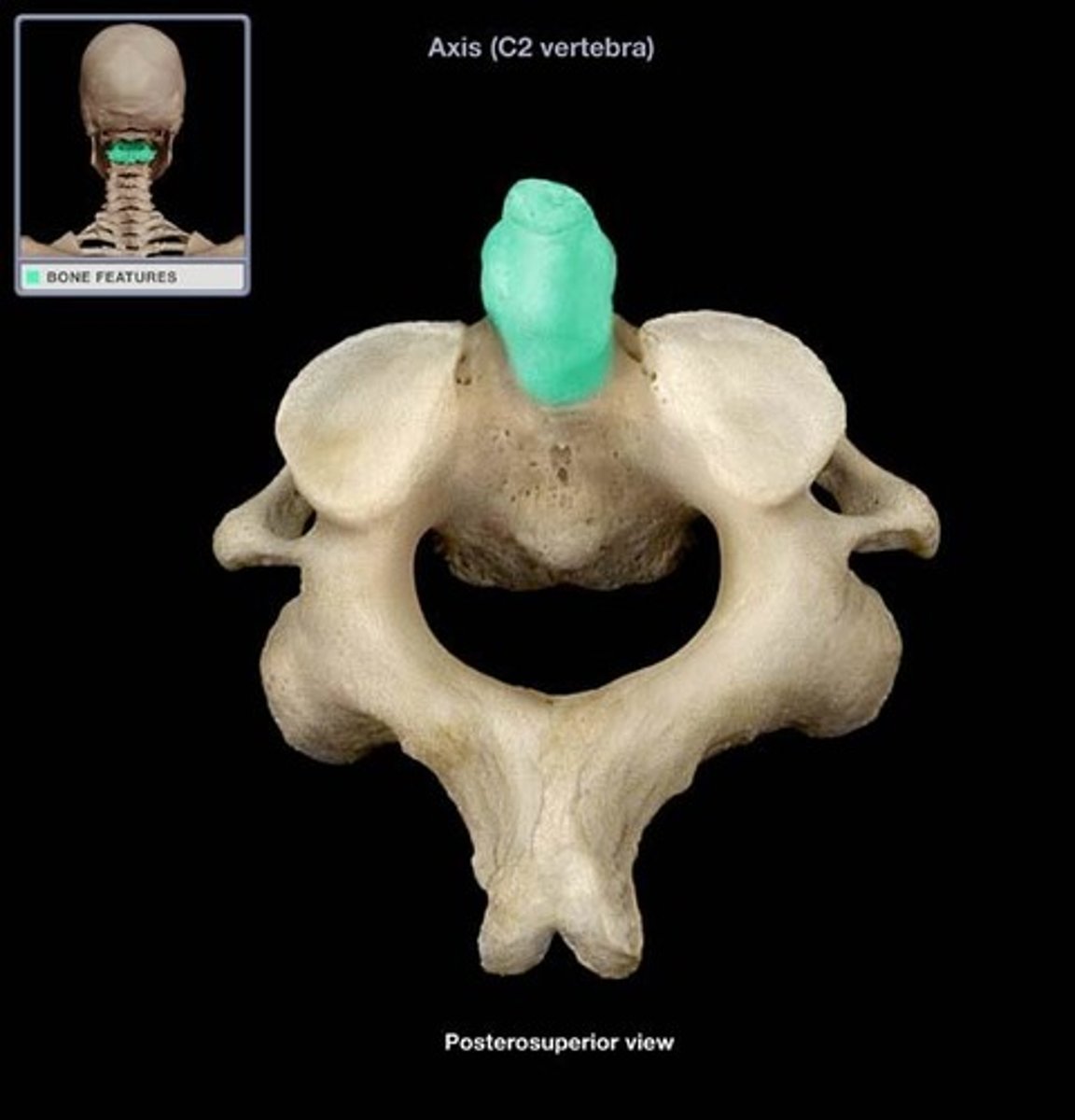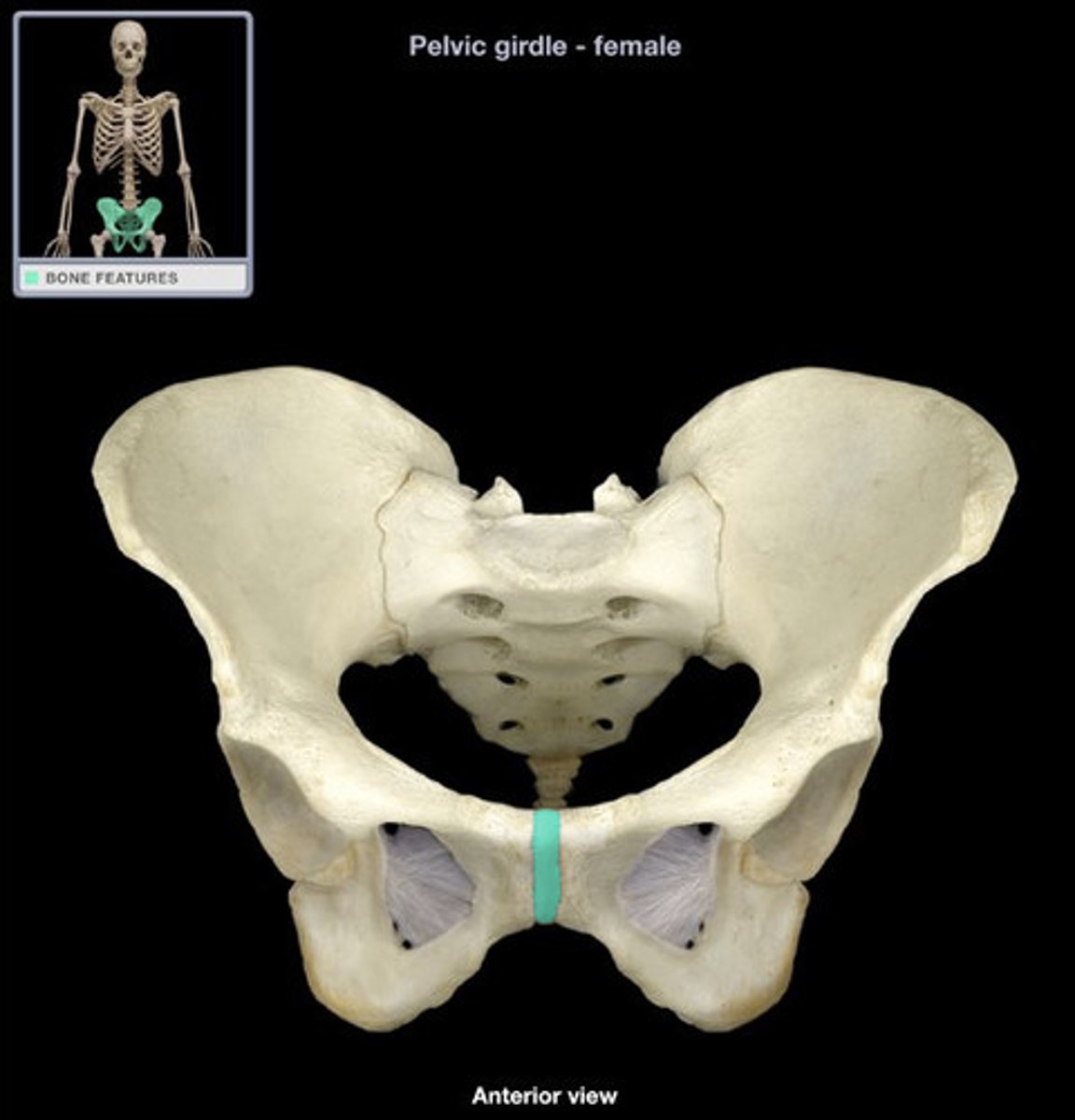Axial Skeleton, Appendicular Skeleton, Joints, Endocrine System, Reproductive System, Urinary System, DIgestive System, Integumentary System, Respiratory System. Cardiovascular (Heart, Circulatory, Blood) System, Histology, Muscles, Tissues: Slides, Models, Dissections)
Osteo...
Related to bones
Functions of Skeleton
Support, Protection, Movement, Electrolyte balance, Acid-Base balance, Blood formation
Osteoclast
Bone dissolving cells.
mature Osteoblasts trapped in matrix they deposited. Reside in lacunae.
Osteocytes
Osteoblast
Bone forming cells..
Structure shown in B

Compact (cortical) bone
Structure shown in A
Spongy (trabecular) bone
Basic unit of compact bone

Osteon

Central (Haversian) Canal

Lacuna

Concentric Lamellae
structure seen in C

Trabeculae of spongy bone
Flat bones
Cranial bones, scapula, sternum, ribs, and hip bones
Long bones
Bones of the limbs and hands/feet (<b>NOT</b> wrists and ankles)
Short bones
Carpal and tarsal and patella.
Irregular bones
Vertebrae, middle-ear bones
Medullary Cavity
Also known as marrow cavity, contains bone marrow.
Diaphysis
Shaft of bone. (Leverage)
Epiphysis
Enlarged head of bone. (strength joint/provide muscle attachments) Proximal and Distal.
Articular Cartilage
Type of hyaline cartilage found at the articulation (joint) of bones.
In between Epiphysis and Diaphysis.
Metaphysis
Periosteum
Sheath of outer fibrous collagen and inner osteogenic layer of bone forming cells.
Sharpey's fibers
Anchors the periosteum to the bone matrix.
Thin layer of reticular CT lining internal marrow cavity. Also covers honeycomb surfaces of spongy bones and has many osteoclasts.
Endosteum
Epiphyseal plate
Hyaline cartilage separating the marrow spaces in children. Where the bones grow in length. Is just an /epiphyseal line/ in adults.
Bone Marrow
soft tissue that occupies marrow cavity of long bones, spaces amid trabeculae of spongy bone, and larger central canals.
Red Bone Marrow
Produces blood cells.
Yellow Bone Marrow
Red marrow of bones in limbs turns into this in adults.
Sesamoid
Any bone that is embedded in a muscle or tendon.
Hydroxyapatite
Mineral that makes up 2/3 of compact bone.
Canaliculi
Very small canals that connect the lacunae to the Haversian canals.
What abdominopelvic region is A?
Right Hypochondriac Region
What abdominopelvic region is B?
Epigastric Region
What abdominopelvic region is C?

Left Hypochondriac Region
What abdominopelvic region is D?
Right Lumber Region
What abdominiopelvic region is E?

Umbilical Region
What abdominopelvic region is F?
Left Lumbar Region
What abdominopelvic region is G?
Right Iliac Region
What abdominopelvic region is H?
Hypogastric Region
What abdominopelvic region is I?

Left Iliac Region
What abdominopelvic quadrant is A?
Right Upper Quadrant (RUQ)
What abdominopelvic quadrant is B?
Left Upper Quadrant (LUQ)
What abdominopelvic quadrant is C?

Righter Lower Quadrant (RLQ)
What abdominopelvic quadrant is D?
Left Lower Quadrant (LLQ)
The 7 vertebrae found at the top of the vertebral column
Cervical Vertebrae
Thoracic Vertebrae
The 12 vertebrae found in the middle portion of the vertebral column.
Lumbar Vertebrae
The lower section of 5 vertebrae.
Sacrum
bone formed from five vertebrae fused together near the base of the spinal column
the tailbone, made up of the four fused vertebrae at the base of the spinal column
Coccyx
Body
The largest section of a vertebrae.
Projection on the sides of the vertebrae.
Transverse process
Spinous Process
Sharp, slender projection on back of vertebrae
Hole for the spinal column.

Vertebral foramen
Superior articular facet
Location on top of vertebrae where it articulates with the vertebrae above it.
Inferior articular facet
Location on bottom of vertebrae where it articulates with the vertebrae below it.
Holes located lateral of the transverse process.
Transverse Foramen
Atlas
C1 - First cervical vertebrae. Carries the skull.
C2, second cervical vertebrae
Axis
Prominent feature of the axis, allows the atlas and skull to rotate smoothly.

Dens
lumbar bone

cervical bone
thoracic bone
manubrium
Xiphoid process of sternum
Name the portion of the bone.
jugular notch of sternum
ID the landmark and bone
head of rib
angle of rib
ilium (superior)
iliac crest

anterior superior iliac spine

posterior superior iliac spine
anterior inferior iliac spine
posterior inferior iliac spine

iliac fossa

greater sciatic notch
pubis (inferior anterior)
acetabulum
ischium (inferior posterior)
ischial tuberosity
ischial spine

lesser sciatic notch
obturator foramen
ossa coxae

pubic symphysis
capitate
hamate
lunate
pisiform
trapezium
trapezoid
triquetrum

scaphoid

acromial end of clavicle
sternal end of clavicle
distal phalanx of foot

distal phalanx of hand
Identify the sex of this pelvis
female

greater trochanter of femur
head of femur

lateral condyle of femur